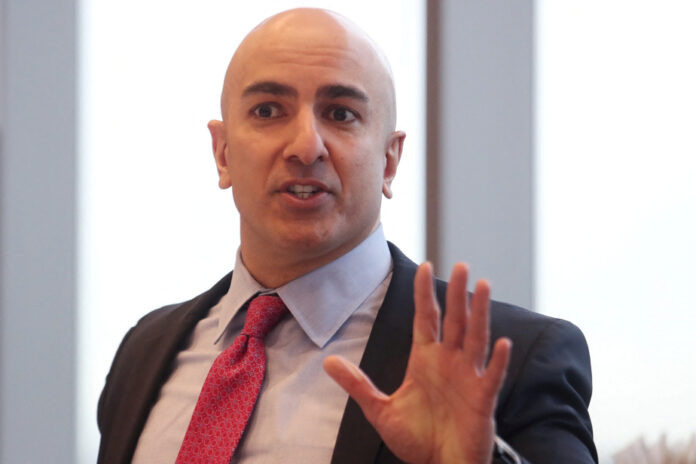(Saint Paul) One of the officials of the American central bank (Fed) showed itself on Thursday in favor of a continuation of the increase in the key rate of the institution, despite the banking crisis which is tightening credit conditions, the priority according to being to lower inflation.
“We have tools to lower demand by raising interest rates to restore economic balance. So we have to do it,” Minneapolis Fed President Neel Kashkari told accessible housing officials in Minnesota.
On March 22 after its last meeting, the Fed raised rates by a quarter point. A modest increase, a compromise between the fight against inflation and the fear of aggravating the banking crisis that began less than two weeks earlier, with the bankruptcy of the American bank SVB.
Fed Chairman Jerome Powell then noted that tensions in the banking sector were leading to a tightening of credit conditions, making it more expensive and more difficult to obtain. And that, he pointed out, acts like a hike in the policy rate.
Rate increases, in effect, make credit more expensive, whether it is to buy a car, a house, or simply to use your credit card. This is intended to encourage Americans to consume less and allow price pressure to ease.
And the full effects of Fed rate hikes take time to trickle down to the wider economy, “estimates range from six months to a year or two,” the Fed Chairman continued. Minneapolis.
He expressed concern about continued high inflation in non-housing services, which shows “no signs of slowing”, and where “wage growth continues to grow faster than consistent with (the) target. 2% inflation rate” from the Fed.
“We know we need to reduce inflation. And we will,” he assured.
The PCE inflation, favored by the Fed and which it wants to reduce to 2%, will be published on Friday for the month of February. It should have slowed year on year, to 5.1% from 5.4%, according to Cleveland Fed forecasts.















